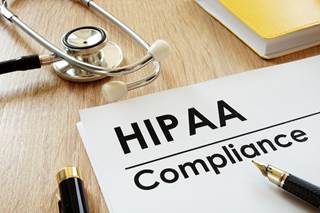Blog
18
Feb
2019
Protecting Patient Privacy: HIPAA Compliance in the Electronic Age







